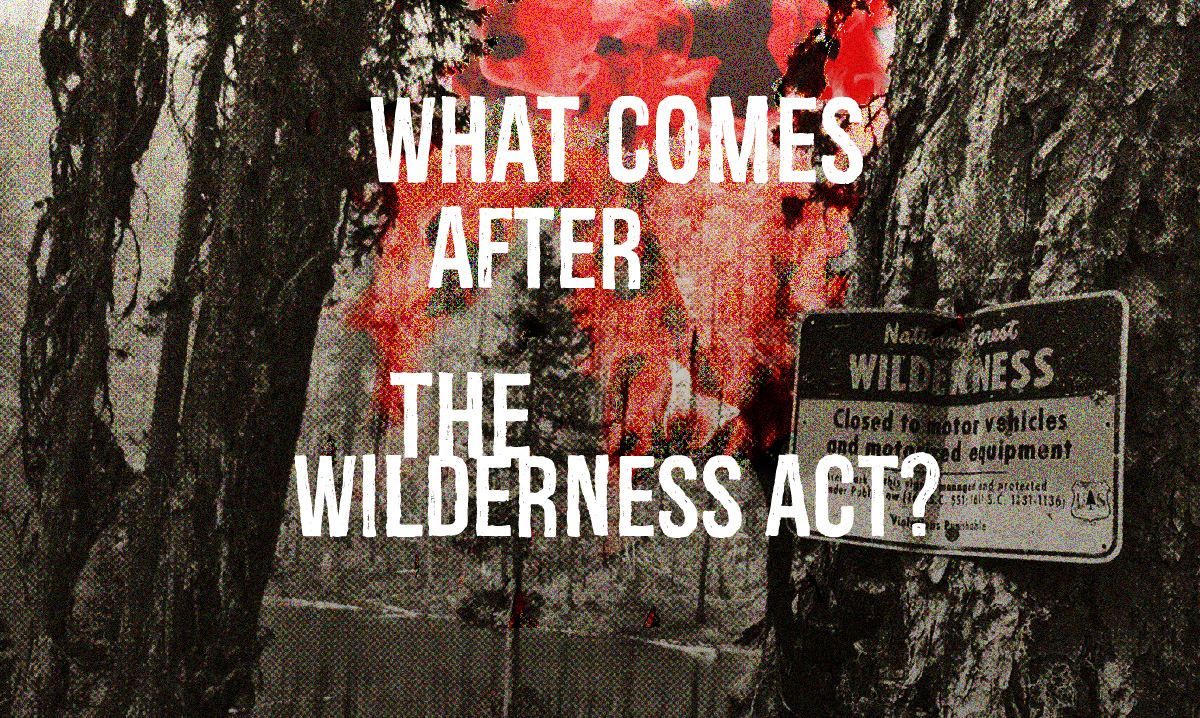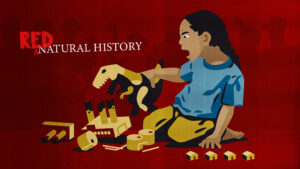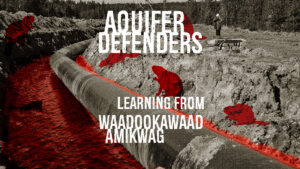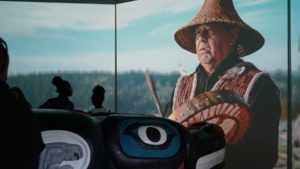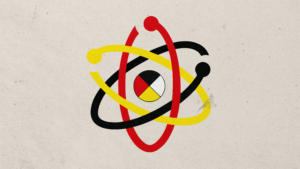As conservation groups across the United States celebrate the 60th anniversary of the Wilderness Act, we took a moment to explore another layer of the story: understanding how our so-called “untrammeled landscapes” were made—as well as the systems of Indigenous land management, cultivation and care that were outlawed in their making.
This was the aim of last week’s “What Comes After the Wilderness Act,” a virtual roundtable discussion on the history and future of this landmark legislation, featuring historians, legal experts, and community members, organized by Indigenous historian and ethnobotanist Rosalyn LaPier (Blackfeet/Métis).
Watch the video recording and check out some key resources in the chat transcript.
The conversation covered a wide range of issues and questions, from why the U.S. created the Wilderness Act, to how this legislation has impacted Tribal Nations and Indigenous communities, to how we might think about “wilderness lands” differently today. How could our federal land policies be revised to serve the movement for land rematriation, and what difference would this make to the everyday lives, practices, lifeways, and social and economic future of Indigenous nations whose ancestors lived on or subsisted from our “Protected Wilderness Areas”?
Given the keystone and almost sacrosanct significance of the Wilderness Act for many conservationists across the U.S., we anticipated a provocative and lively discussion. With a deluge of comments and questions flooding the chat over the course of the hour-long event, it’s safe to say the event both struck a nerve and struck a chord—a telltale sign of a conversation with something at stake.
Our speakers reminded us that we cannot limit ourselves to near-term policy modifications, we must re-examine the very notion of wilderness itself—the social meaning the word holds, and the cultural shifts needed to reshape or replace it. This is a matter of shifting language and mindsets, as much as it is about changing policies. And while this transformation will take time—perhaps years or even generations—conversations like this are an essential step on that journey.
This was the fifth event in our ongoing programming series, Natural History for a World in Crisis, curated by the 2023–2025 cohort of Red Natural History Fellows. Visit our blog to check out highlights and video recordings from each of the events to learn what “red natural history” looks like in practice.

